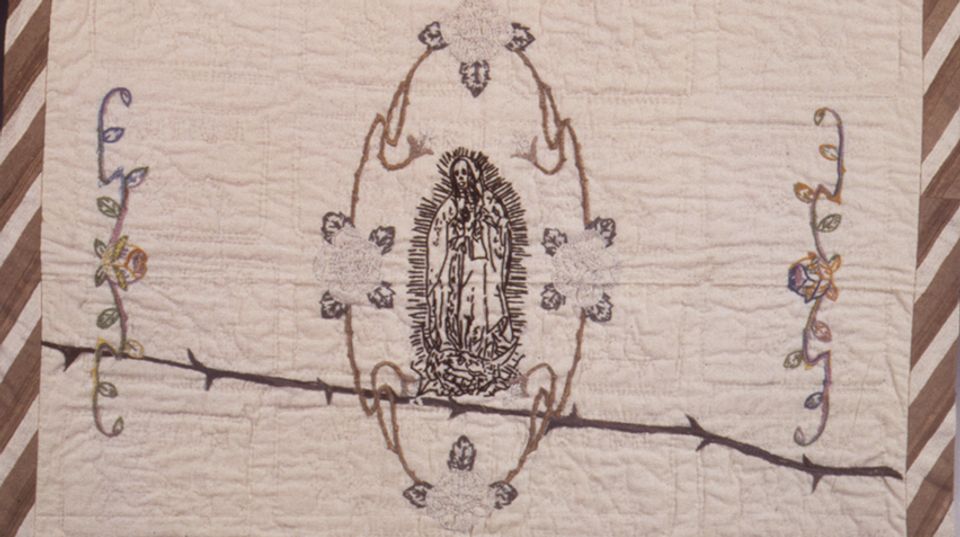

Teodoro Vidal, who died last month at the age of 92 in his native Puerto Rico, was a businessman, folklorist, and philanthropist. He was also a collector and self-taught historian, and in the mid-1990s, donated more than half of his collection of 3,346 objects to the Smithsonian. Many of the objects donated to the National Museum of American History were used in everyday life, such as games, eating implements, amulets, and musical instruments. In addition, works of fine art and religious devotional objects such as wood-carved saints (santos de palo) were given to the Smithsonian American Art Museum. "I found that there were not only Santos, but also ex-votos, mortars, furniture, and many of these objects were worthwhile conserving," Vidal said at the time, "Therefore I committed myself to the job of preserving all these significant objects of our heritage..."
A graduate of the Wharton School of Business at the University of Pennsylvania, Vidal joined the U.S. Army and served in the Korean War. In the 1950s, he returned to Puerto Rico and became part of the first board of directors of the newly formed Institute of Puerto Rican Culture. He would soon become involved with further efforts to preserve Puerto Rico's cultural identity. From his earliest days as a collector he was interested in both the everyday and the sublime, two opposite poles that resonated with him and became the foundation of his collection. He was able to amass a selection of work that documented more than four-hundred years of Puerto Rican culture. "I always thought of this collection as a reaffirmation of puertorriqueñidad, the unique identity and culture of Puerto Rico," Vidal wrote. His goal was to conserve the material culture of the island before "industrialization and modern life, which tend to erase the old customs of peoples."
In a letter to Vidal at the time of the gift, then Secretary of the Smithsonian, I. Michael Heyman wrote, "Yours is one of the most significant donations ever made to either the National Museum of American Art [now the Smithsonian American Art Museum] or the National Museum of American History. It is a milestone in the history of both museums." Elizabeth Broun, the Margaret and Terry Stent director of SAAM added, "We are honored to give these extraordinary works a home in the nation's capital." SAAM has sixty-three objects from Teodoro Vidal in its collection, including santos, portraits, and religious paintings. Most notably, the collection contains a selection of portraiture and religious paintings by the 18th century painter, José Campeche y Jordan, one of the most important artists in Puerto Rico's history. His nickname was "The Latin American Copley" for his likenesses of society's elite. He also designed and created large altarpieces for churches in San Juan and Caracas, Venezuela. A selection of Campache's paintings as well as Santos figures from the Vidal collection, are currently on view in the New Spain gallery on the second floor of the museum and in the Luce Foundation Center.
Teodoro Vidal ensured that Puerto Rico's material culture would be conserved, preserved, and displayed. SAAM is honored to have been entrusted with this important collection. E. Carmen Ramos, our curator of Latino art, recently reflected, "The Vidal Collection has had a transformative impact on how our permanent collection can tell the story of colonial art in the Americas. We are now able to show how a rich and unique kind of colonial artistic production took place beyond the thirteen colonies. The Vidal collection reveals the Hispanic side of the colonial story in a geographic area that is now part of the United States. For this we are ever grateful to Teodoro Vidal."
















